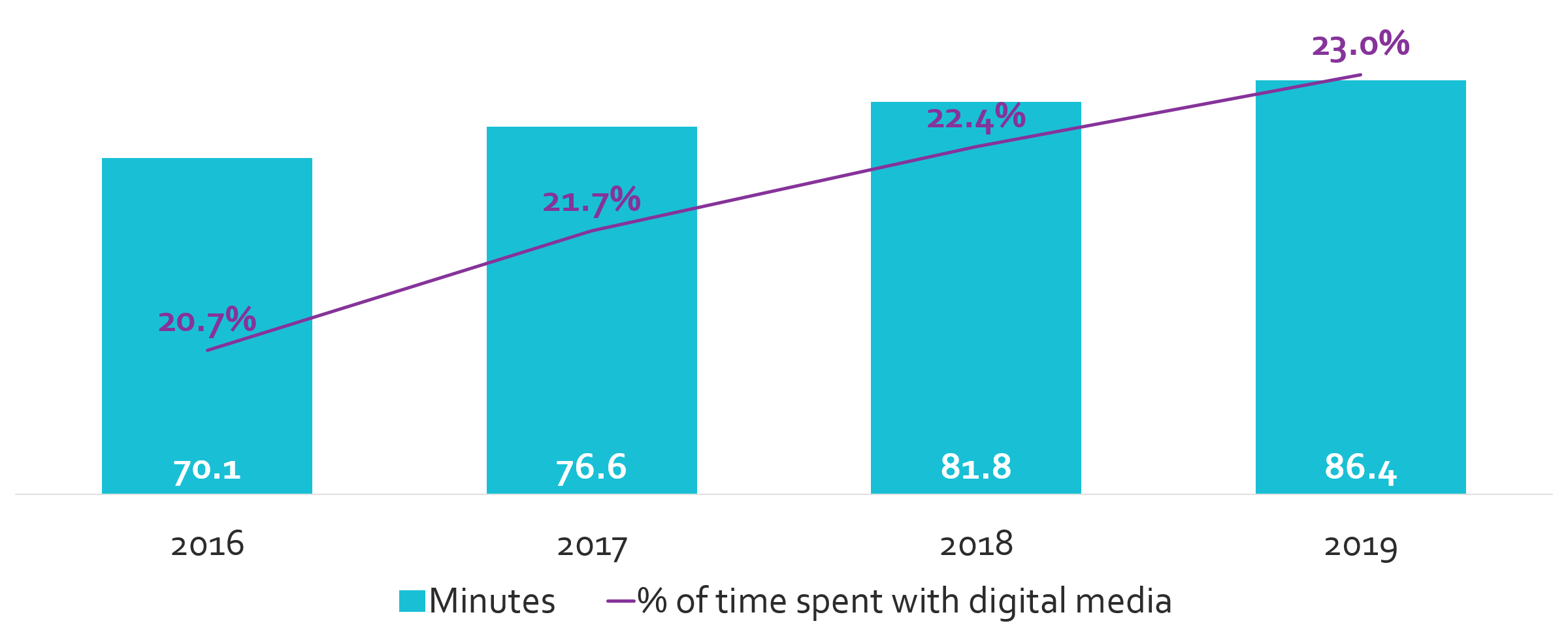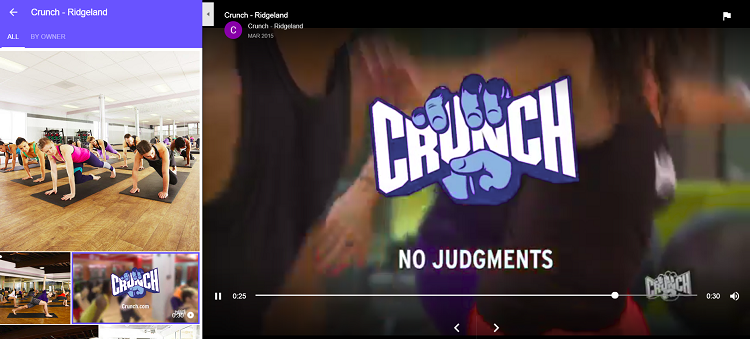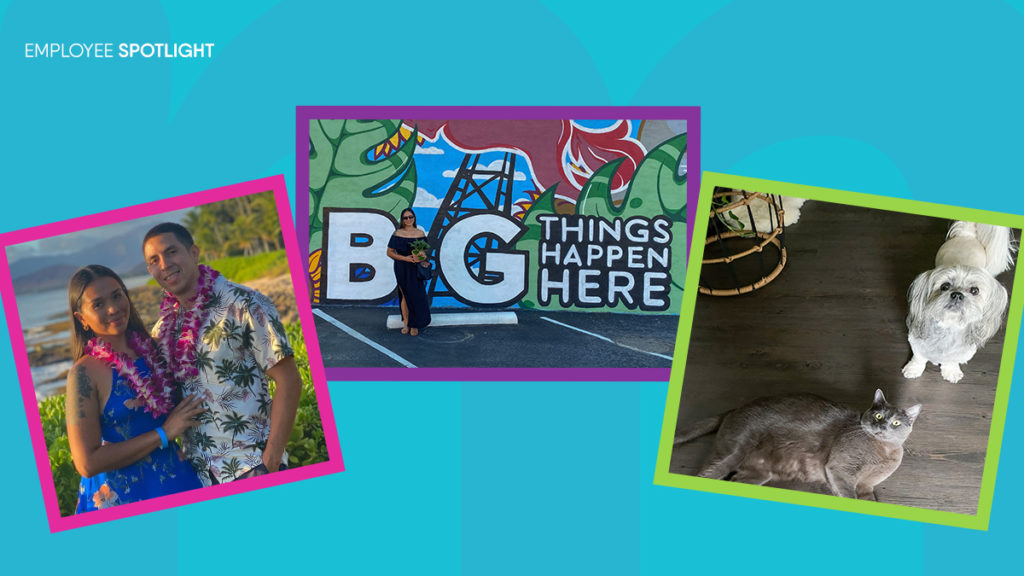[FEBRUARY 2018] 3 New Google My Business Features Local Brands Need to Know About
Google has been busy lately making a significant number of improvements to their Google My Business platform – the dashboard for businesses to add and update listing information on Search and Maps. Over the past year, Google has added features that enable users to interact with business owners, allow businesses to post promotional information directly to search engine result pages (SERPs) and make it possible to create websites within the Google My Business platform.
It looks like Google is keeping the momentum going in 2018, as the search giant has already made several improvements to the Google My Business platform.
Related – The Latest from Google: December 2017
No. 1: Adding videos in Google My Business
The Google My Business team started the year off with a bang by adding the ability for merchants to upload videos about their business. The dashboard currently supports videos up to 30 seconds in length.
This update could be huge as digital video continues to play a bigger role in digital media consumption. In 2018, adults in the U.S. will spend almost an hour and a half with digital video every day – taking up almost a quarter of all time spent with digital media.
Average time spent per day with digital video by U.S. adults

Source: eMarketer, August 2017
From Google, here’s how the new video feature will work:
- Videos will appear in the overview tab of the Google My Business Dashboard.
- Customer uploaded videos can be found in the ‘customer’ tab.
- Merchant uploaded videos can be found in the ‘by owner’ tab.
- All videos can be viewed together in the ‘videos’ tab.
- After upload, it could take up to 24 hours for the videos to appear. Once live, they will display where local photos do.

Related – [Guide]: Getting the Most Out of Digital Video
No. 2: Editing menus in Google My Business
Google announced another update early this year that’s sure to make the restaurant industry happy. Restaurant owners can now edit menu listings through the Google My Business dashboard. In the past, this was only available through an API or third-party menu services. Now, restaurant owners can log into their Google My Business account, navigate to the info tab on their listing(s) and add a structured menu.
Restaurant owners and managers can use the new menu editor “to add menu items including title, description and price, as well as to create multiple sections of the menu” (e.g., appetizers, entrees, and desserts).
Related – The Best Way for Multi-Location Brands to Manage Local Business Data
No. 3: Google My Business and GoDaddy integration
Google has integrated GoDaddy’s site builder to automate the process of setting up and verifying a Google My Business profile. GoDaddy, who hosts more than 10 million websites, said that a majority of eligible small businesses (service area businesses or those with a physical location) have not claimed their Google My Business listings. This integration should remove some of the friction to claiming listings by reducing the verification process from weeks to days.
The integration will also allow GoDaddy to provide reporting on consumers actions from Google listings – including profile views, calls, direction requests and visits to the website. According to Search Engine Land, GoDaddy reported more than 1,500 local businesses participated in the beta test of the integration. These businesses received more than a million profile views, 7,000 phone calls and 11,000 requests for directions from their Google My Business listings.
Related – [Guide]: 5 steps to optimize your brand’s presence on Google
![]()
Need help managing your brand’s Google listings? Contact Mindstream Media Group to see how we can help and check out our Listings Management solution for more information.
More from Mindstream Media Group

Meet the Mindstreamer – Chandler Swanner
Chandler Swanner’s interest in advertising dates back to her childhood. Her mother (and role model in life) was a Media […]

Third-Party Cookie Phase-Out: What Marketers Need to Know
Cookies are an essential part of internet usage, allowing websites to remember you and provide a more personalized experience. This […]

Meet the Mindstreamer – Kaya Bucarile
She plans and oversees media strategy for agency clients, working closely with project and platform managers to ensure that we […]
